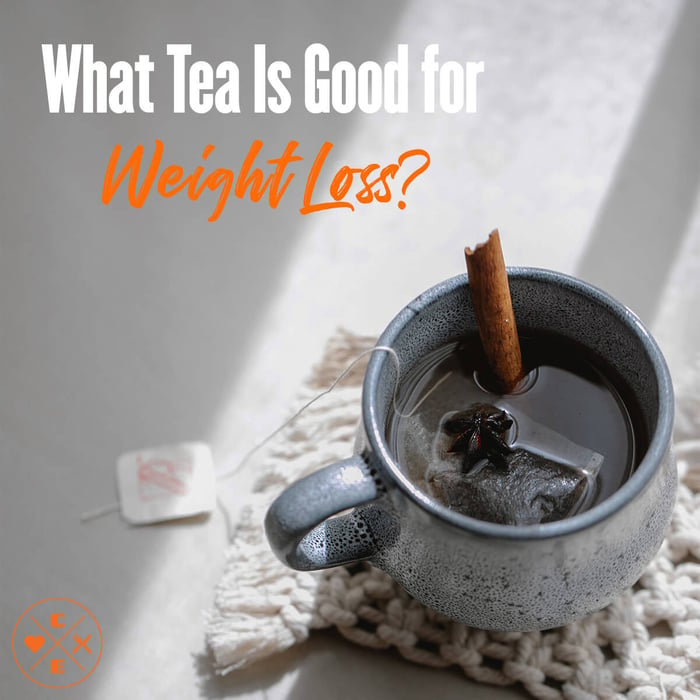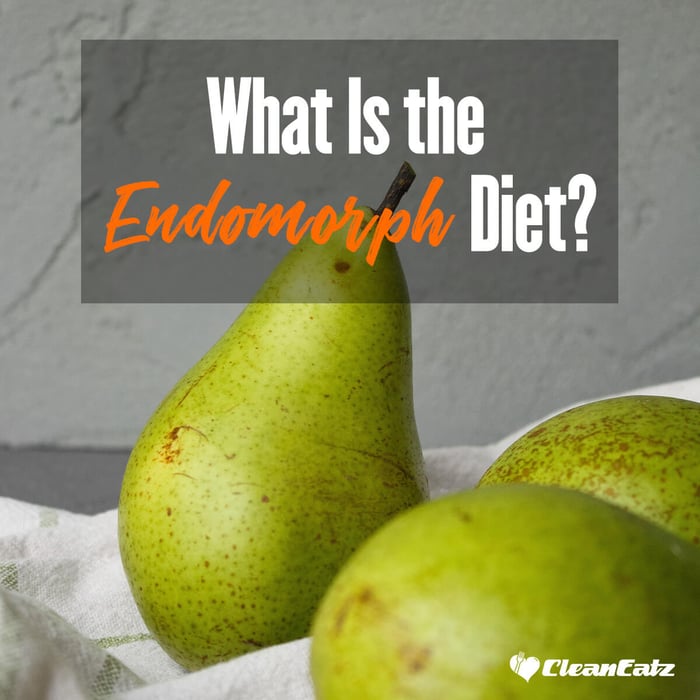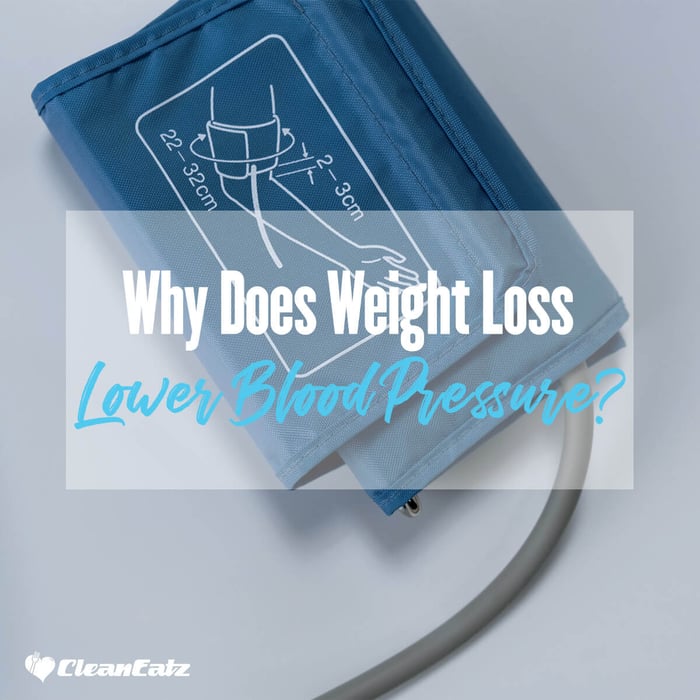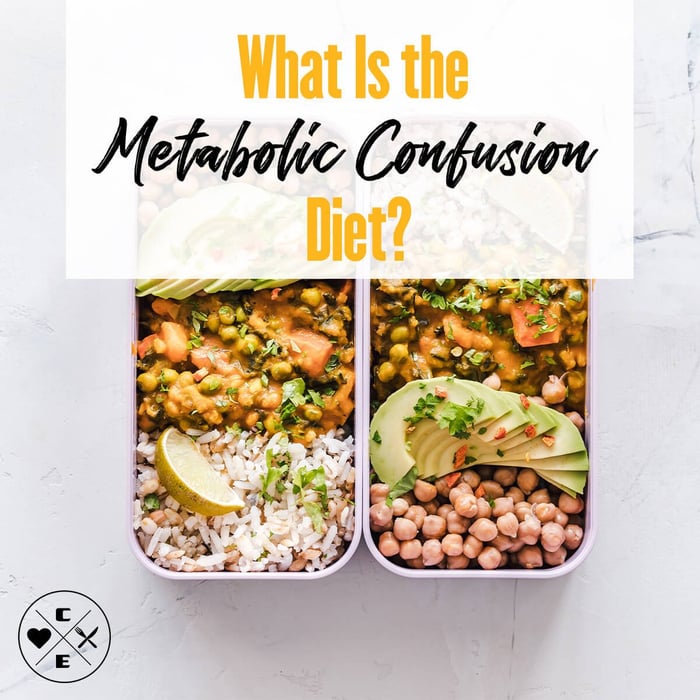Quick answer: No tea “melts fat,” but unsweetened green, oolong, and black teas can give a small assist—largely from caffeine plus tea polyphenols—when they replace higher-calorie drinks in an overall calorie deficit. Herbal teas don’t drive fat loss, but they help with hydration and evening routines without extra calories.
On this page
- Why tea can help (a little)
- Best teas for weight goals
- How much & when to drink tea
- What to avoid (detox teas, sugar bombs)
- What to eat from Clean Eatz Kitchen
- FAQ
Why tea can help (a little)
- Swap effect: Replacing sugary drinks with unsweetened tea cuts calories without sacrificing flavor.
- Tiny metabolic nudge: Caffeine + tea catechins (like EGCG) can slightly increase fat oxidation and may contribute to modest weight changes in some people.
- Hydration & routine: A warm, zero-calorie drink can curb between-meal nibbling—especially at night.
Best teas for weight goals
- Green tea: The most studied. Results are small on average; think “assist,” not a standalone solution.
- Oolong tea: Some studies show increased fat oxidation short-term; effects are still modest.
- Black tea: Zero-calorie and caffeinated; polyphenols may help indirectly (gut and metabolic effects). Evidence for weight change is weaker than for green/oolong.
- Yerba maté: Caffeinated, may reduce appetite for some; treat like coffee/tea for caffeine budgeting.
- Herbal teas (chamomile, peppermint, rooibos, etc.): Caffeine-free; helpful for hydration and evening habits, but don’t drive fat loss themselves.
How much & when to drink tea
- Quantity: Aim for 2–4 cups/day of unsweetened tea as swaps for higher-calorie drinks.
- Caffeine budget: Keep total caffeine (all sources) around ≤400 mg/day for most healthy adults. Many green teas have ~30–50 mg per 8 oz; black tea ~40–70 mg. Pregnant/breastfeeding? Ask your clinician; many aim for ≤200 mg/day.
- Timing: Use earlier in the day if caffeine affects sleep. A cup before a snack/meal can support slower, more mindful eating.
What to avoid (detox teas, sugar bombs)
- Added sugars & syrups: They erase the calorie advantage. Keep tea unsweetened or lightly sweetened with measured portions.
- “Detox”/laxative teas: Not a weight-loss strategy; can cause GI issues and dehydration.
- Concentrated green tea extracts: Supplements are not the same as brewed tea and have rare liver-risk reports—skip unless your clinician advises.
What to eat from Clean Eatz Kitchen
- Build-A-Meal Plan — anchor protein (25–35 g/meal) and pair with unsweetened tea as your drink.
- Meal Plans — portion-controlled options that make it easy to keep calories consistent.
- Protein PB&J — simple protein snack to go with an afternoon tea instead of pastries.
FAQ
Which tea burns belly fat?
No tea targets belly fat. Green or oolong tea may give a small boost when you’re already in a calorie deficit, but spot-reduction isn’t possible.
How many cups should I drink?
Most people do well with 2–4 cups/day of unsweetened tea within a total caffeine budget of about ≤400 mg/day (all sources).
Is decaf green tea helpful?
It still has catechins, but without much caffeine the metabolic “nudge” is smaller. It’s a great evening option to replace higher-calorie drinks.
Are detox teas safe?
Skip them. Many rely on laxatives or concentrated extracts and can cause side effects without meaningful, lasting fat loss.




